It has been long known that hospitals are a place of healing and safety but for as long as hospitals have been known to heal diseases; they have been known to cause them as well. In the year 2000, nearly 103,000 people were killed from healthcare associated infections. Technology and cleaning techniques have become more suited to battle the newest strains of virus and disease found in hospitals but still face an overwhelming assault from germs and bacteria.
Hospital cleaning teams from Jani-King are constantly adapting their methods to combat the most deadly pathogens found in healthcare facilities. Constant study of the latest research materials help teams to locate the areas where pathogens reside most often and the best methods for eliminating those germs and bacteria that cause sickness. The hospital cleaning crews know that cleaning practices should be tailored, not only to each hospital, but to each room and piece of equipment that is being cleaned. Completing a cursory cleaning job in a sick room could result in the death of a patient or patients.
Hospital cleaning in the 21st century needs to evolve from its past. The previous techniques that were used to properly clean facilities will no longer take care of the larger infection risks. While some techniques will never go out of style like mopping, scrubbing, dusting and rinsing, the way that these duties are performed needs to adapt to the modern hospital cleaningenvironment. Microfiber cloths should be used to dusting to make sure that debris is being picked up and not just moved around, detergent based cleaning is much less toxic than disinfectants and better for the environment, but background research needs to be done to determine which should be used in each specific case. Healthcare cleaning needs to become more specialized and less generalized if healthcare associated infections are going to become a thing of the past.










